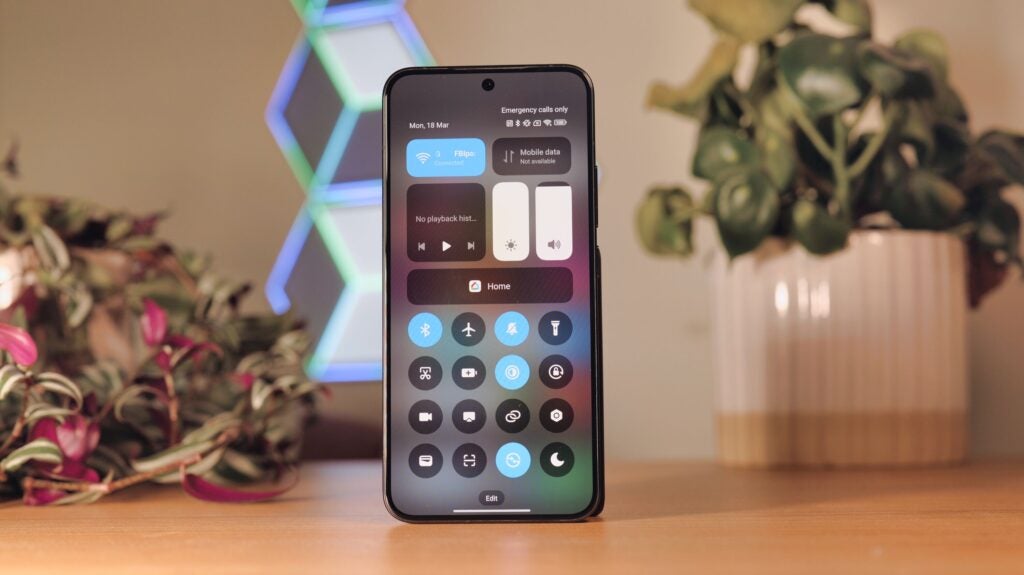Xiaomi’s MIUI has a bit of a reputation in the smartphone industry, and honestly, it’s not a good one.
It’s an Android skin that, traditionally, is difficult to get used to with an awkward UI packed with bloatware and seemingly random features, and it’s particularly aggressive when it comes to killing background apps to save battery life too.
This combination means that, no matter how good Xiaomi’s smartphone hardware has been over the past few years, the software is always a little bit of a disappointment for consumers in the Western market who prefer more simplistic approaches to the Android interface, keeping it as close to stock Android as possible.
Well, it looks like Xiaomi has been listening, and its answer is HyperOS; a new Android skin found on recent Xiaomi devices including the Xiaomi 14 and Xiaomi 14 Ultra. The question is, what’s actually new with HyperOS and is it really that different from MIUI? The two certainly still look similar, after all.
HyperOS has a renewed focus on design
Swiping around the interface HyperOS interface on the Xiaomi 14, you might assume this is simply a rebranded version of MIUI, but there are subtle differences to Xiaomi’s UI approach.
HyperOS has a focus on clean lines and a decluttered interface, with a new MiSans Global font, a slightly more organised approach to the (previously chaotic) Settings menu, redesigned app icons and new animations to help the interface feel fresh and new.

There’s even a new lock screen layout dubbed Artistic Lock Screen that turns your photos into a magazine poster when your phone is locked, complete with customisable text and more. It looks a lot like Apple’s new lock screen system, albeit without widgets – for now, anyway.
The HyperOS interface also supports more screen sizes, which should translate to a better experience when using HyperOS on a foldable or tablet whenever those eventually materialise in the Western market.
But it’s not just about good looks
Still, most of the hard work Xiaomi has done lies beneath the surface of HyperOS. For one, the Android skin takes up much less space on your smartphone than MIUI did, with HyperOS on the Xiaomi 14 Pro occupying just 8.76GB of storage.
Considering users reported MIUI taking up anywhere between 15GB to 25GB of storage on last year’s Xiaomi 13 Pro, that’s a huge improvement that provides more space for your apps and data, and it should allow the OS to perform faster in everyday use too.
It also focuses a lot on cross-device compatibility, working well not only with other Xiaomi-branded devices but even smart home tech and car tech. Most of this is unavailable at the time of writing, with most Xiaomi-compatible tech only in China, but you can get a good idea of Xiaomi’s future cross-compatibility plans on its HyperOS explainer page.


Xiaomi also wants to follow Samsung, Honor and Google’s lead on GenAI capabilities with HyperOS-enabled smartphones with a renewed focus on GenAI capabilities and NPU efficiency – though no GenAI capabilities are currently available in the Western variant of the OS.
That’s the biggest issue with HyperOS right now; it’s still very new, only making its debut on smartphones in the past few months, and it feels like a system that’s very much still in its infancy. There has been a lot of groundwork laid in the background of the OS, and now Xiaomi needs to take advantage of it.
